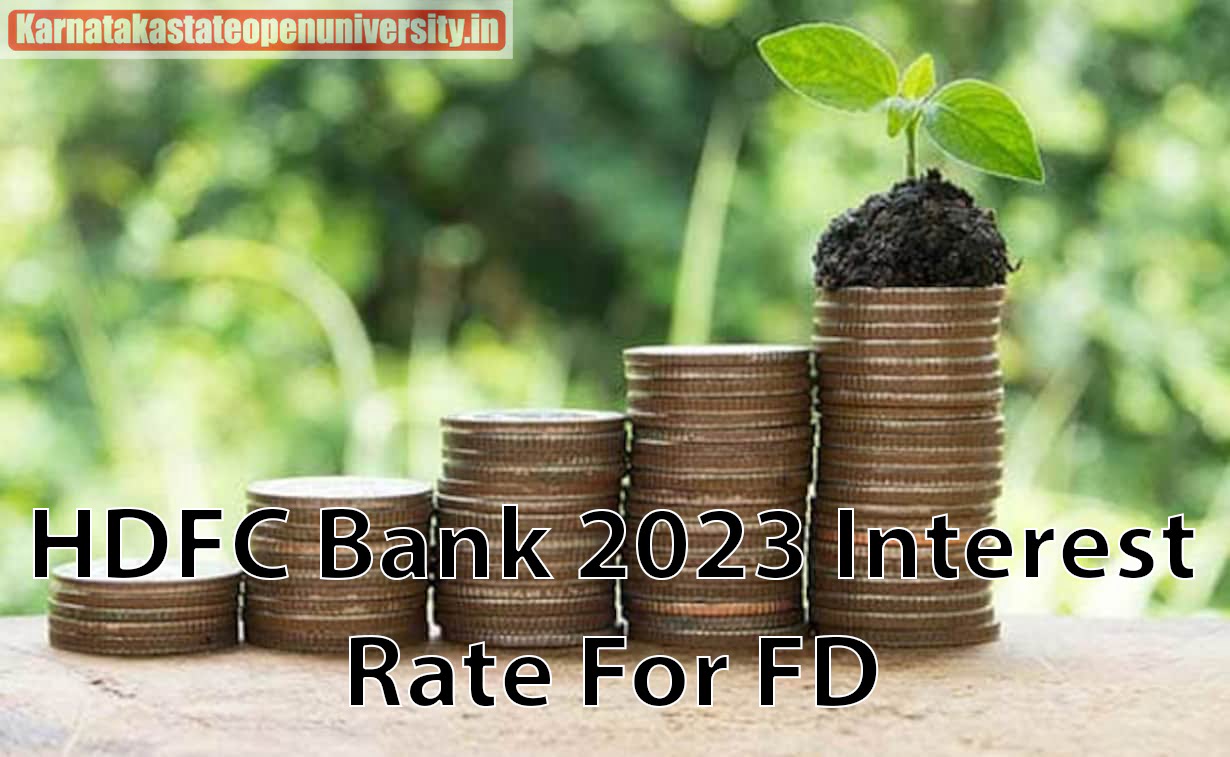Current Bank Interest Rates: Banks Interest Rates

Banks interest rates – Banks set interest rates based on various factors, including the central bank’s monetary policy, economic conditions, and their own risk appetite. These rates influence the cost of borrowing and the returns on savings, impacting individuals and businesses alike.
Factors Influencing Interest Rates
- Central Bank Policy: The central bank sets the benchmark interest rate, which influences the rates offered by commercial banks.
- Economic Conditions: Inflation, economic growth, and unemployment rates affect the central bank’s monetary policy decisions and, consequently, interest rates.
- Bank Risk Appetite: Banks assess the risk associated with lending and adjust their interest rates accordingly.
Comparison of Bank Interest Rates
Different banks offer varying interest rates on loans and deposits. The following table provides a comparison:
| Bank | Loan Interest Rate | Deposit Interest Rate |
|---|---|---|
| Bank A | 5.5% | 2.5% |
| Bank B | 6.0% | 3.0% |
| Bank C | 5.75% | 2.75% |
Impact of Interest Rates on Borrowing and Saving Decisions
Interest rates play a crucial role in borrowing and saving decisions:
- Borrowing: Higher interest rates make borrowing more expensive, potentially discouraging individuals and businesses from taking on debt.
- Saving: Higher interest rates provide higher returns on savings, incentivizing individuals and businesses to save more.
Historical Trends in Interest Rates

Interest rates have undergone significant fluctuations over the past decade, influenced by a complex interplay of economic factors. Understanding these historical trends provides valuable insights into the dynamics of monetary policy and its impact on the economy.
Key interest rate changes over the past decade include:
- 2008-2009: Interest rates were slashed to near-zero levels in response to the Global Financial Crisis.
- 2015-2016: The Federal Reserve began raising interest rates gradually as the economy recovered.
- 2020: Interest rates were again cut to near-zero in response to the COVID-19 pandemic.
- 2022: Interest rates have been raised aggressively in an effort to combat rising inflation.
These interest rate changes have had a profound impact on the economy, affecting everything from borrowing costs to economic growth. Understanding the reasons behind these changes and their effects on the economy is crucial for policymakers and investors alike.
Factors Influencing Interest Rate Changes, Banks interest rates
Interest rate changes are primarily driven by the Federal Reserve’s monetary policy, which aims to maintain price stability and promote economic growth. The Fed adjusts interest rates based on economic data, such as inflation, unemployment, and GDP growth. Other factors that can influence interest rates include:
- Economic growth: Strong economic growth can lead to higher interest rates as the Fed seeks to prevent inflation.
- Inflation: Rising inflation can prompt the Fed to raise interest rates to curb spending and slow economic growth.
- Fiscal policy: Government spending and taxation can affect interest rates by influencing the demand for loanable funds.
- Global economic conditions: Interest rates can be influenced by economic events in other countries.
By understanding the historical trends in interest rates and the factors that influence them, we can better anticipate future interest rate movements and their potential impact on the economy.
Future Outlook for Interest Rates

Predicting the future direction of interest rates is a complex task, as it depends on various economic factors. However, by examining historical trends and analyzing current economic conditions, we can make informed projections about potential rate changes.
Factors Influencing Interest Rates
* Economic Growth: Strong economic growth typically leads to higher interest rates as demand for borrowing increases.
* Inflation: To combat rising inflation, central banks may raise interest rates to cool down the economy and reduce spending.
* Monetary Policy: Central banks use interest rates as a tool to influence the economy. They can raise or lower rates to achieve specific economic goals.
* Global Economic Conditions: Interest rates can be influenced by economic developments in other countries, particularly those with close trading relationships.
Recommendations for Individuals and Businesses
* Individuals: Consider adjusting your financial plans to account for potential interest rate changes. This may include adjusting savings goals, reviewing mortgage or loan terms, and considering investments that are less sensitive to interest rate fluctuations.
* Businesses: Monitor interest rate trends and plan for potential impacts on borrowing costs, investment returns, and overall financial strategy.